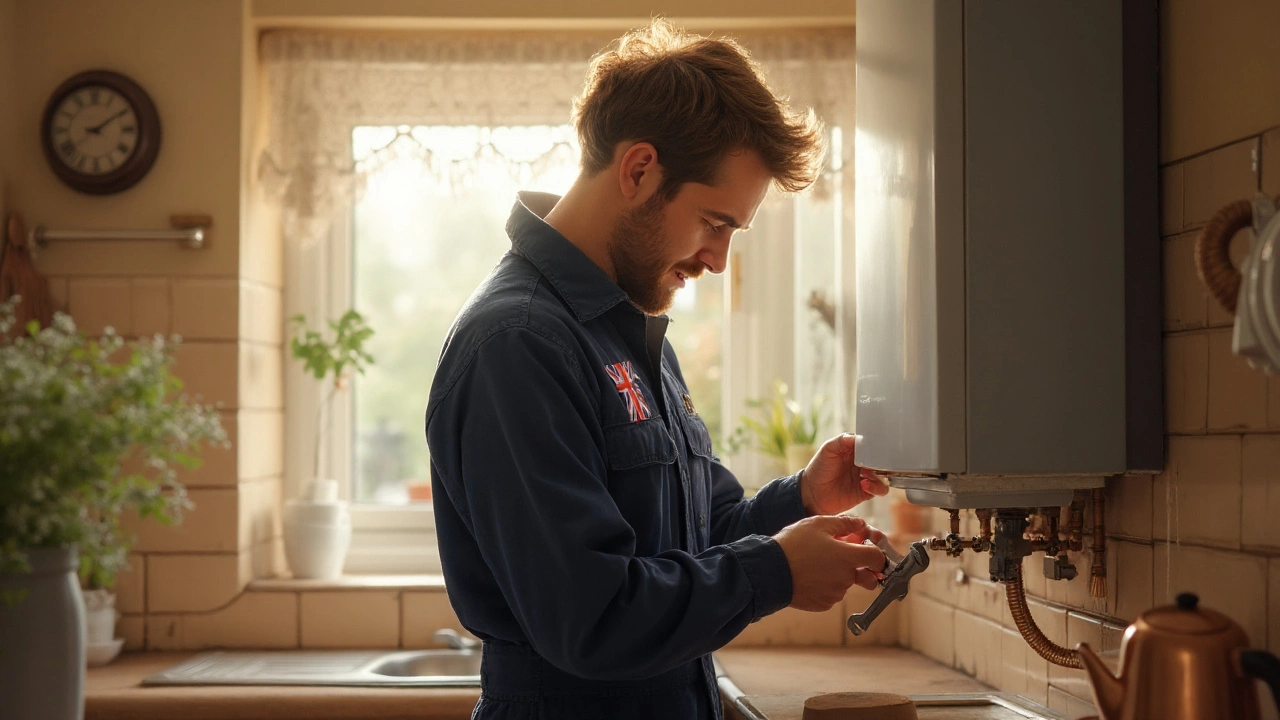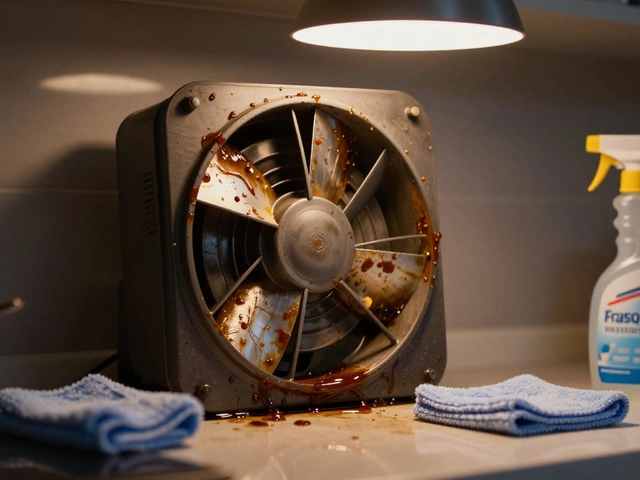Water Heater Upkeep: Simple Tips to Keep Hot Water Flowing
If you’re staring at a cold shower, the first thing to check is your water heater. Most problems are easy to spot and even easier to fix. Below you’ll find the basics of keeping your heater humming, plus shortcuts for those urgent moments when hot water disappears.
Common Issues & Quick Fixes
Cold water is the most common complaint. It can mean a faulty thermostat, a broken heating element, or a tripped safety switch. Our article “Water Heater Only Giving Cold Water? Fast Fixes for Gas, Electric, and Tankless” walks you through checking the pilot light on a gas unit, testing the element on an electric heater, and clearing sediment that blocks heat transfer.
When the heater’s reset button keeps popping, it usually signals overheating or a bad thermostat. “How Long Should You Hold the Reset Button on a Water Heater?” explains a safe 30‑second press, then waiting a few minutes before testing again. If it trips repeatedly, the heating element or temperature sensor likely needs a professional look.
Regular flushing removes mineral buildup that saps efficiency. Fill a garden hose, attach it to the drain valve, and let water run until it’s clear. Doing this once a year can prevent the “Water Heater Resetting: Why You Need To Do It Again and Again” scenario where the unit overheats due to restricted flow.
Extending Your Heater’s Life
Know your heater’s expected lifespan. Most gas units last 8‑12 years, while electric models can push 10‑15 years. The guide “How Long Do Water Heaters Last? Lifespan, Facts & Signs for Replacement” lists red flags: rust in the tank, noisy rumbling, or water that’s unusually warm on top but cold at the bottom.
Insulating the tank and the first few feet of pipe can shave off a few degrees of heat loss, saving energy and easing strain on the burner. A simple tank jacket costs under £20 and can add a year or two to service life.Don’t ignore the anode rod. This sacrificial metal protects the tank from corrosion. Check it every two years and replace it when it’s more than 50% worn. Replacing the rod is a quick DIY job that prevents costly leaks down the road.
Finally, keep the area around the heater clear. Stacking boxes or tools blocks airflow, causing the unit to overheat and shut down. A clean space ensures the safety valve can do its job and the heater stays efficient.
By following these simple steps—flushing annually, testing the reset button correctly, insulating the tank, and swapping the anode rod—you’ll enjoy reliable hot water and avoid surprise service calls. If a problem feels beyond your comfort zone, our experts at Weymouth Appliance Repair Services are just a call away. We handle everything from minor resets to full heater replacements, keeping your home warm without breaking the bank.
Essential Water Heater Maintenance Guide - Keep Your Hot Water Flowing
- Alden Wilder
- Sep 23 2025
- 0 Comments
Learn the step‑by‑step tasks, tools, and schedule needed for effective water heater maintenance. Extend lifespan, boost efficiency, and stay safe.
View More
